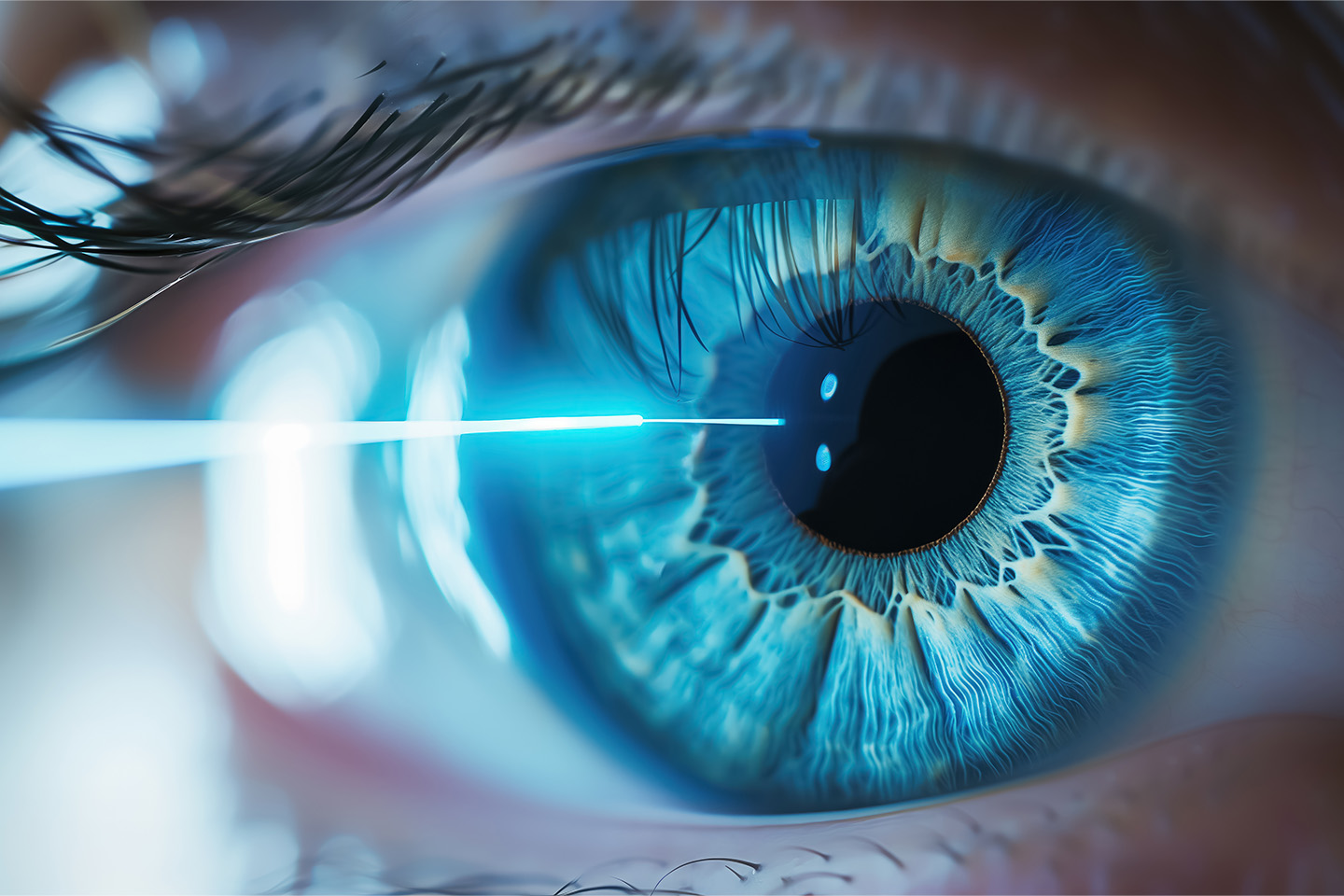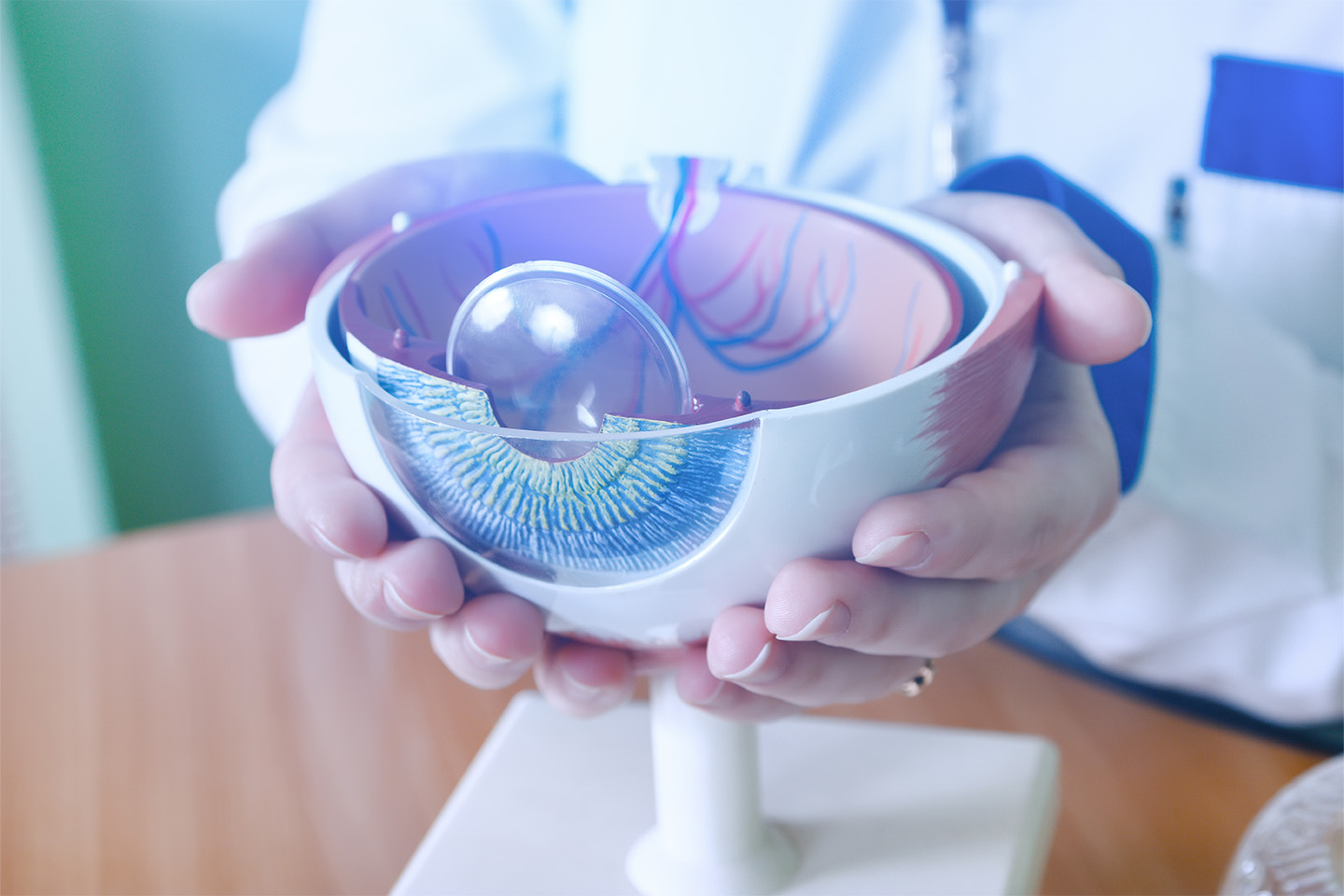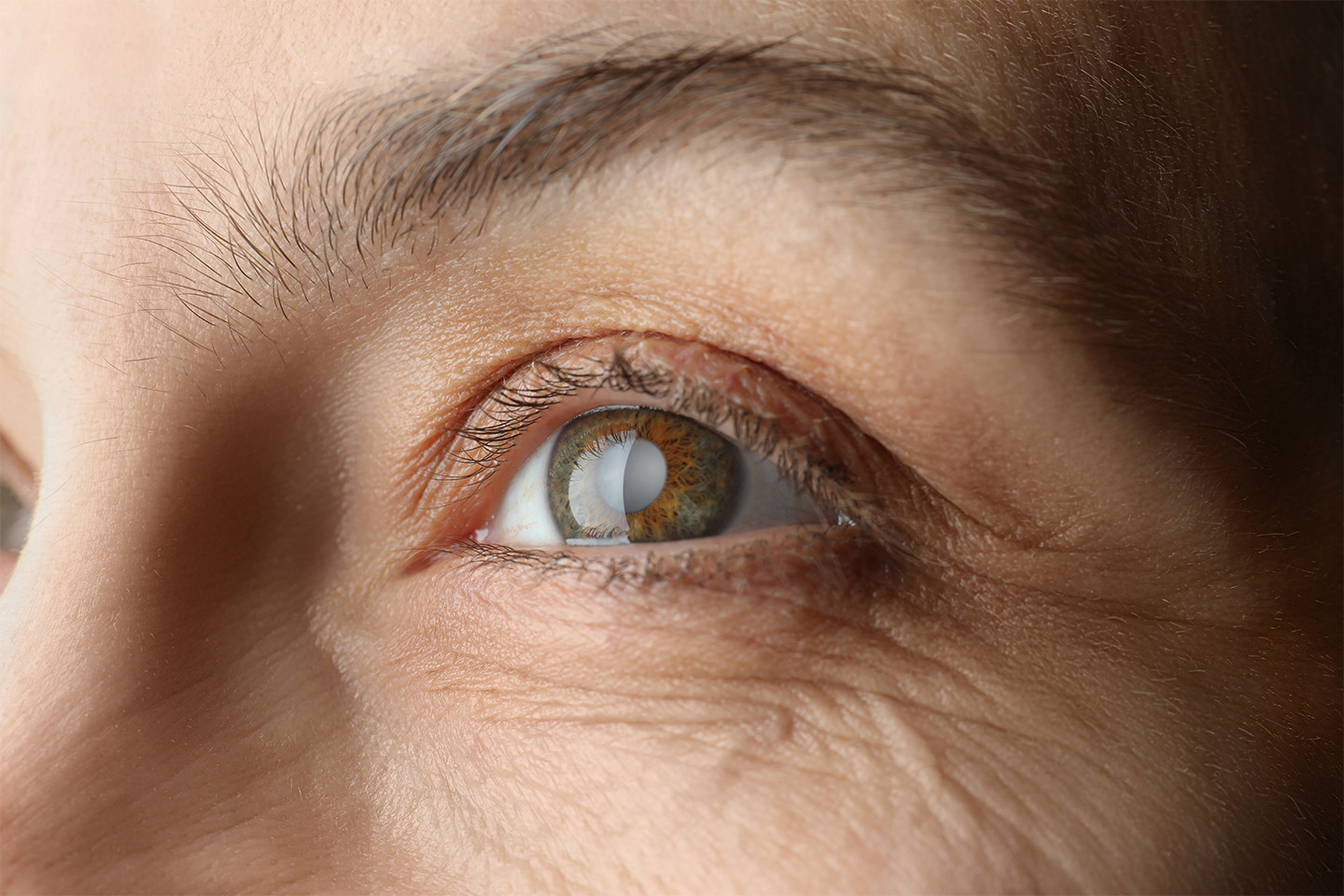Visual Impairment: A Global Look
The State of Eye Health Around the World
Globally, according to the World Health Organization (WHO), over 285 million people are visually impaired, and 39 million of those people are completely blind. This number of visually impaired individuals is expected to grow to a whopping 929 million people by the year 2020. Needless to say, if you are in the vision correction industry, busy times are ahead!
Middle to low-income countries have major issues with uncorrected refractive errors (URE) such as: myopia (nearsightedness), hyperopia (farsightedness), astigmatism and presbyopia. UREs are the second most common cause of blindness in the world. Vision care around the world is currently unable to handle the estimated 703 million cases of vision impairment from UREs. About 10 percent of the world’s population remains out of reach of vision care, every year. Uncorrected refractive errors impair your quality of life and reduce performance at school, work and behind the wheel.
Who is at risk?
A recent study, by the Vision Impact Institute, showed that 82 percent of people who suffer from blindness, and 65 percent of those living with visual impairment, are 50 years of age or older. UREs are one of the leading causes of decrease in activity with the elderly and it is estimated that 288 million people will be affected by age-related macular degeneration by the year 2040 — cataracts remaining as the number one cause of blindness worldwide.
An estimated 1.2 billion adults around the world are living with presbyopia—age-related vision loss. Unfortunately, over half of these cases of presbyopia will go untreated. Due to this visual impairment, in adults under 50 years of age, it is estimated that there is a productivity loss equivalent of $11 billion.
Statistics show that children who have sub 20/20 visual acuity are up to three times more likely to fail at least one grade in school. About 10 percent of students in developing countries will suffer from poor vision, and few will go on to wear glasses.
With relatively inexpensive solutions like the use of eyeglasses, 80 percent of visual impairment around the world could be prevented or cured. Studies show that students who suffer from visual impairment see a noticeable increase in their average test scores when given glasses for one year—this is the equivalent of learning about a half year more of schooling. Vision correction is a necessity globally, if we were to correct 80 percent of visual impairment, productivity would almost double around the world, which would spark economic growth in developing countries.
What you can do
You and your family should schedule annual, comprehensive eye exams to keep your eyes healthy. Click here to schedule one now.
Turn To The Top Eye Doctors In Texas
Check out one of our locations below for the best eye care near you:









